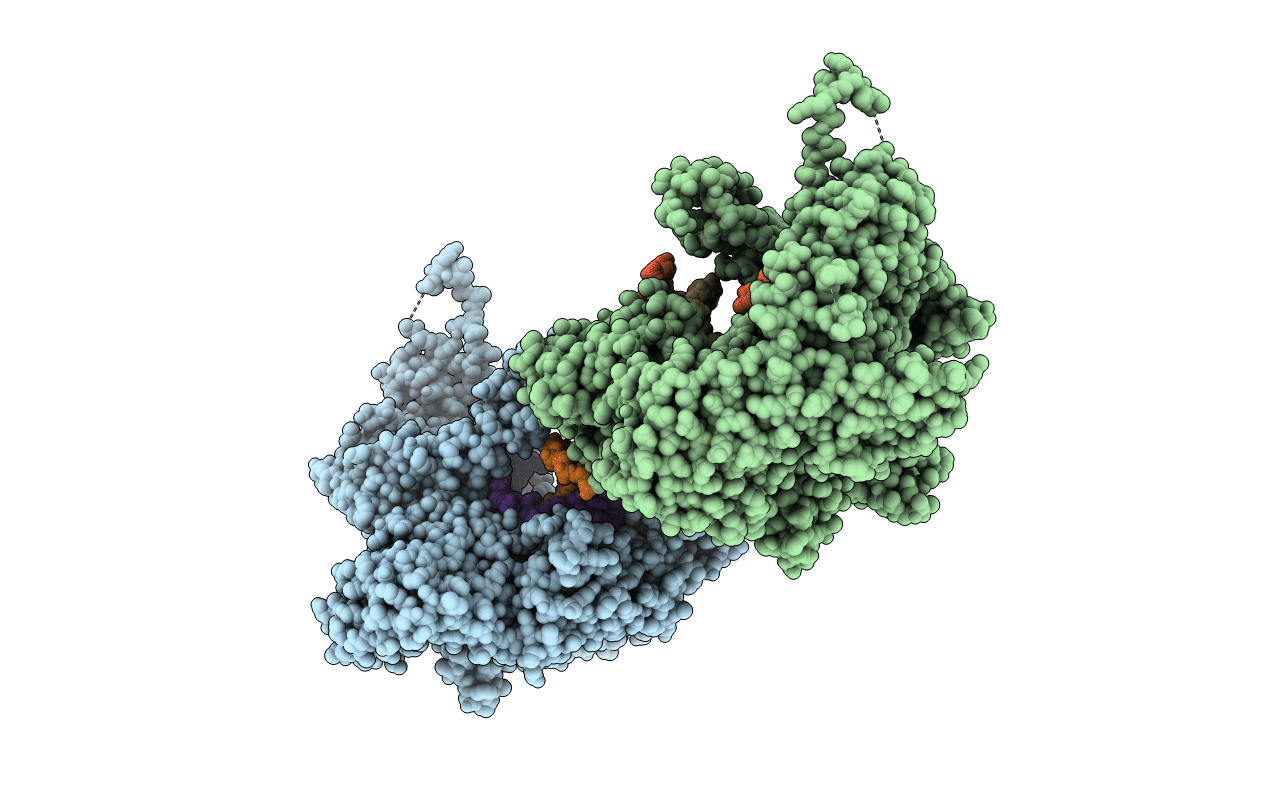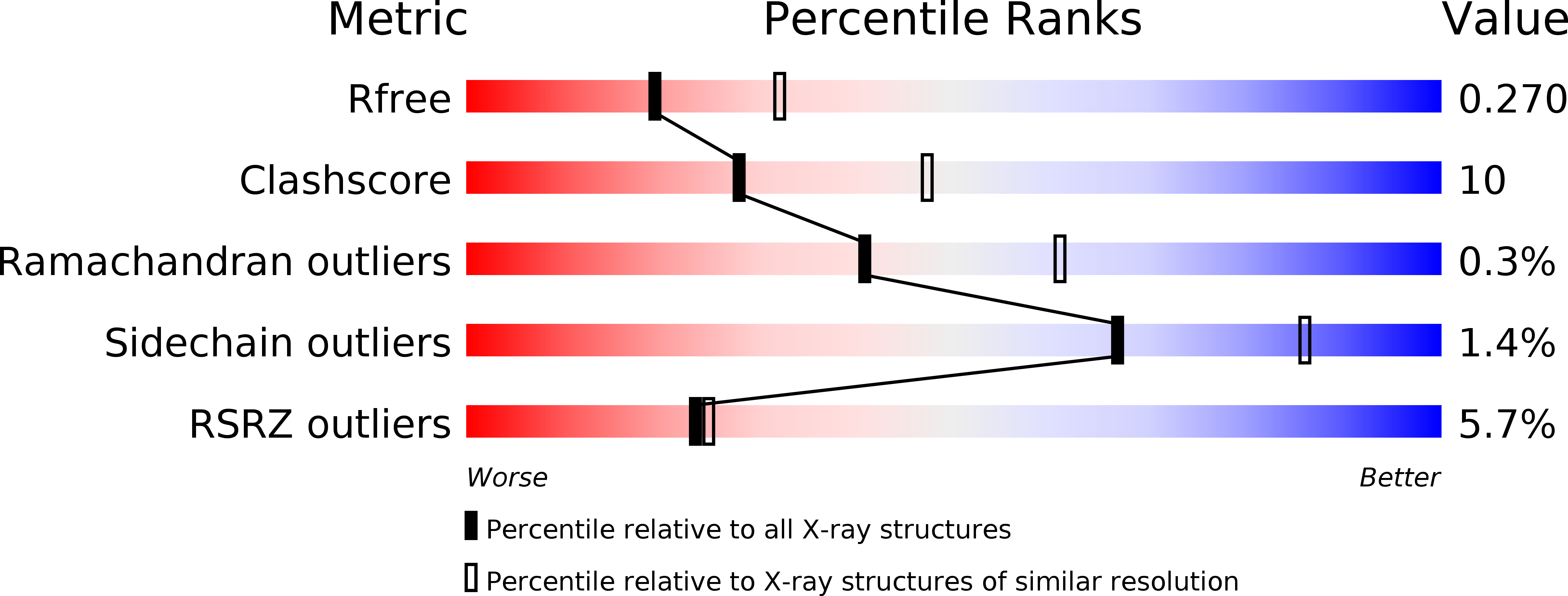
Deposition Date
2018-03-06
Release Date
2019-01-30
Last Version Date
2024-05-08
Entry Detail
PDB ID:
6FWK
Keywords:
Title:
The crystal structure of Pol2CORE-M644G in complex with DNA and an incoming nucleotide
Biological Source:
Source Organism:
Saccharomyces cerevisiae (strain ATCC 204508 / S288c) (Taxon ID: 559292)
synthetic construct (Taxon ID: 32630)
synthetic construct (Taxon ID: 32630)
Host Organism:
Method Details:
Experimental Method:
Resolution:
2.50 Å
R-Value Free:
0.26
R-Value Work:
0.22
R-Value Observed:
0.22
Space Group:
P 1 2 1


